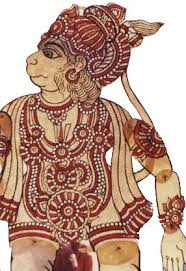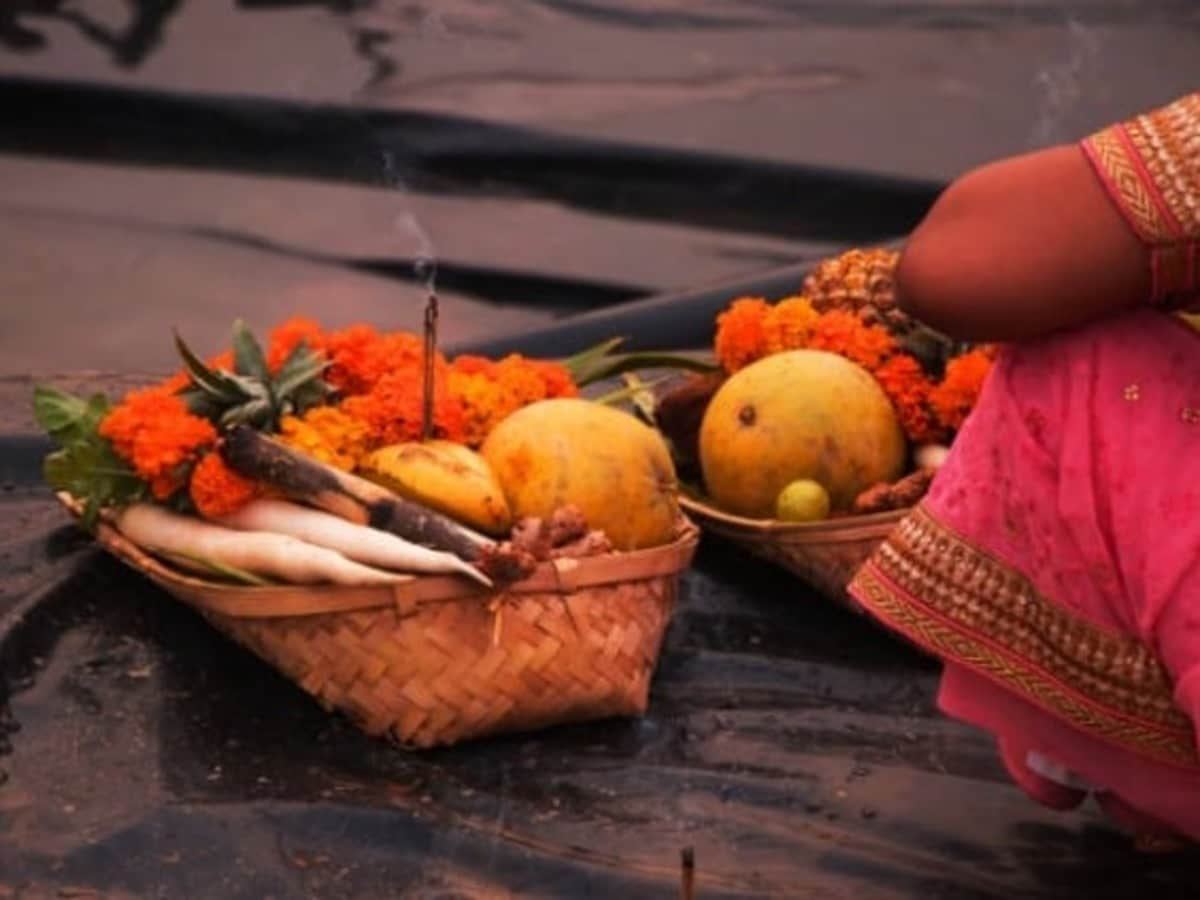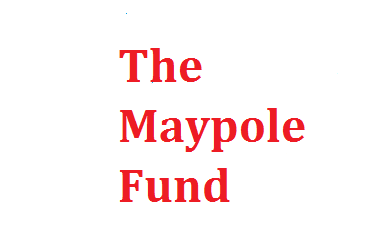- Six Reasons To Bring Millets To The Market!
- Hong Kong Court Makes Landmark Ruling Protecting Transgender Rights
- Substrate Promiscuity Of Fungi Generated Enzyme Laccase Shows Potential In Degrading Industrial Dye Effluents
- Union Minister Of Rural Development Holds A Meeting On ‘Cactus Plantation And Its Economic Usage’
- Ministry Of Tribal Affairs Organised One Day Mega Health Camp ‘Abua Bugin Hodmo-Our Better Health’ At Saraikela Kharsawan, Jharkhand
- Blue Flag Standards For Beaches In The Country
- India-Namibia Sign An MoU On Wildlife Conservation And Sustainable Biodiversity Utilization
- Hydrophobic Ingredients, In Combination With Obsolete Antibiotics, Can Counter Multidrug-Resistant Bacteria
- Promoting Cultivation Of Kala Namak Paddy
Hide and seek
Posted by: 2020-12-23 19:33:42 ,By Admin

The pandemic may have cast a shadow on the arts scene now, but for many folk crafts in the country, the breathing difficulties began much before the coronavirus struck. Leather puppetry, for instance, has been struggling for survival in the state for decades, with the translucent figurines losing their sheen, and literally so, with time.
The art is in dire need of public and government support, says Prof. M J Kamalakshi, vice president, Karnataka Chitrakala Parishath, and former chairperson, Karnataka Lalithkala Academy, who is bringing attention to the craft through an ongoing exhibition titled Reflection - The Ramayana. "Leather puppetry was once the social media of people," says Kamalakshi.
"But now it suffers from lack of continuity as an art form. The economic condition of most puppeteers is so bad that youngsters move to cities in search of jobs," she adds, explaining that they earlier used to lead a nomadic life, moving from village to village to hold shows. "Now, they tend to stay in one place, but most of them don't have enough land to make a comfortable living, and they work in others' fields. So puppetry takes a back seat. And unless they practise it, the craft will not be in a presentable condition."
The art form has also suffered due to increased material cost and commercialisation, with artisans taking easier routes like tracing the images, or using textile colours instead of preparing the original shades like they used to do. "They no longer make new puppets on a particular subject. They should know how to tan leather, and colour it, etc, but the skill is being forgotten fast," says Kamalakshi, who joined Chitrakala Parishath in 1965. "We started collecting leather puppets from villages in 1968.
Now, ours is the biggest collection, with over 3,000 puppets," she adds, talking about how this folk art was once popular in the entire south India. It originated at Kolhapur in Maharashtra, and later spread to other states. "The story goes that a brahmin, Kattare Kalachari, married a woman from a lower caste, and was outcast. He then started teaching his children this skill," Kamalakshi says, pointing out that even now, the puppeteers talk with their family members in Marathi even though they are fluent in, and may perform the shows, in the local language of their region. The leather puppetry too assumed distinct features in each state, with variations in size and material used.
According to Kamalakshi, public support and involvement of youngsters is essential to encourage the practice. "The government is taking some care to revive it. They hold awareness campaigns on topics such as family planning, etc. through these shows in rural areas," she says. "But that is on a small scale. It should be upon everybody to help preserve our culture."
In the shadows
Leather puppets are made of deer or goat skin that absorb colour easily. The leather is treated to translucency to allow shadow play. The characters are drawn on the skin, cut out and decorated with dots and lines. The puppet is supported with a bamboo strip, and the arms have movable joints so that they can be manipulated in specific ways. The puppeteer presses the figures against the screen and the image appears as a silhouette to the viewer.
Read more: Click Here
You may like similar news

Chhath Puja 2024: Is it on November 05 or 07? Know the correct date, time of the auspicious four-day Hindu festival
If you thought that the October air is filled with festive spirit, wait till we tell you that the ce...
.jpg)
Viral video: Indian mom dries clothes on balcony of Atlantis, The Palm. Dubai hotel responds
Atlantis, The Palm responds to viral video of an Indian mom drying clothes on the hotel's balconyAn ...
.jpg)
Toddler becomes world's youngest male artist at the age of 1 year and 152 days, sells 9 paintings
Ace-Liam Nana Sam Ankrah, the toddler named the world's youngest male artist, started painting when ...
.jpg)
India's Chidananda S Naik wins Cannes La Cinef first prize for Sunflowers Were the First Ones to Know
Chidananda S Naik said that his team had only four days to make Sunflowers Were the First Ones to Kn...
.jpg)
Vaishakha Purnima 2024: Date, rituals, significance and all that you need to know
Vaishakha Purnima 2024: From date to rituals, here's all that you need to know about this auspicious...









